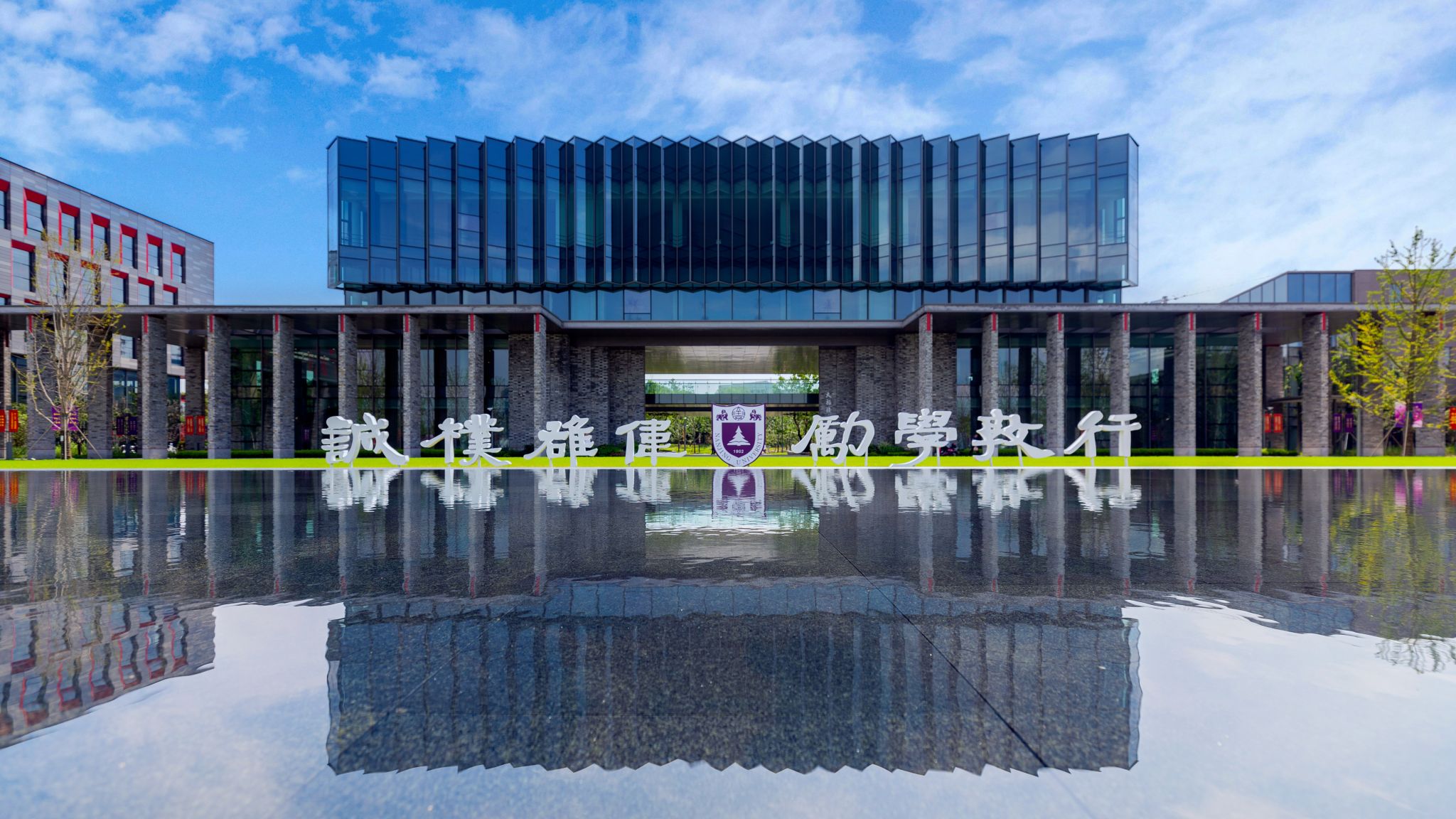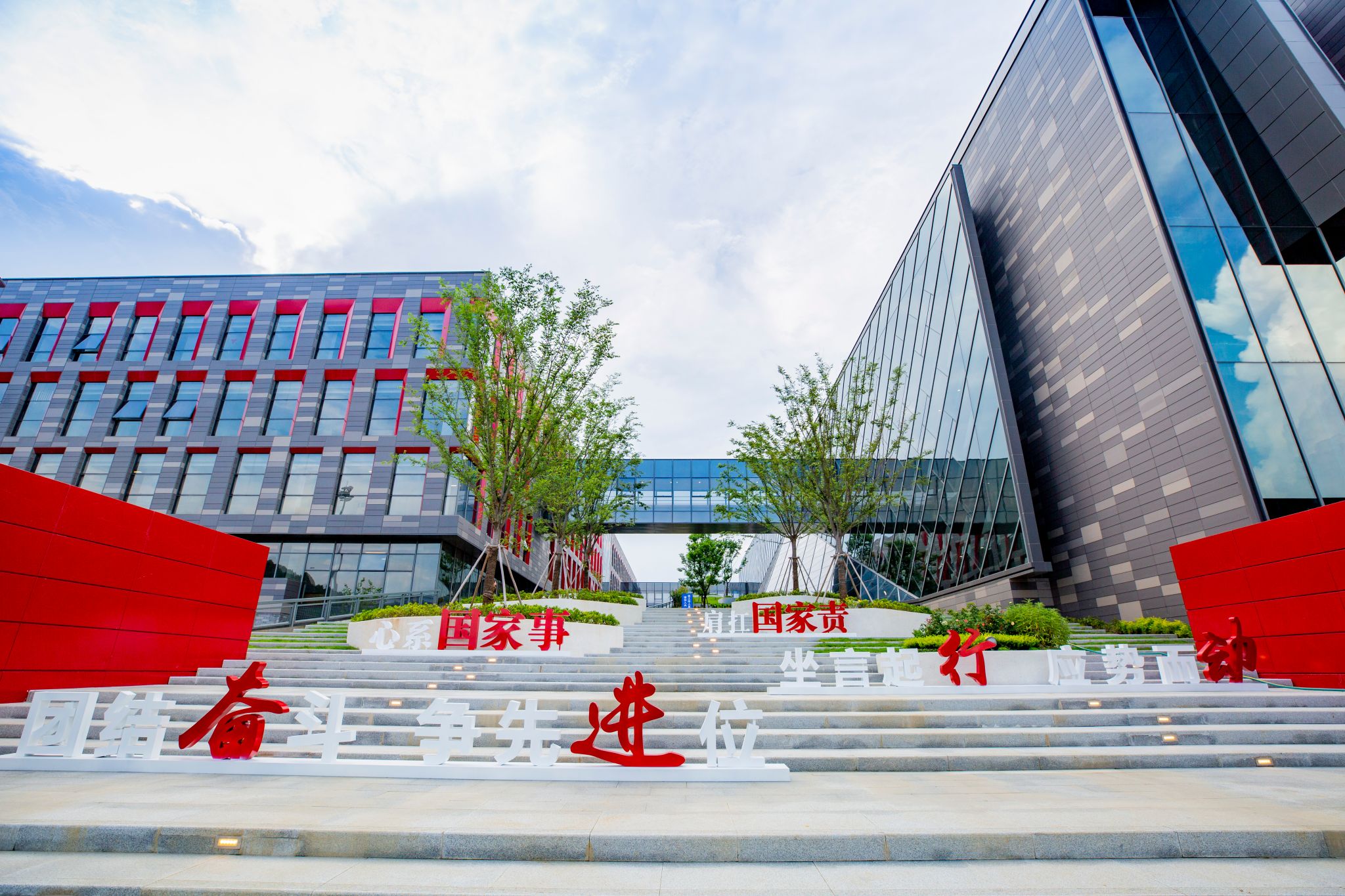

An old Chinese proverb praising the beauty and prosperity of Suzhou says, "In heaven there is paradise, on earth there are Hangzhou and Suzhou." It has long been a heaven for scholars, artists, and skilled craftsmen, and it still is today. The beautifully landscaped city of Suzhou is located in the center of the Yangtze Delta region, and is renowned for its classic gardens, traditional waterside architecture, and traditional operas. Suzhou was a prosperous ancient state capital, built in 514 BC by He Lv (/her lyoo/), the King of Wu State. It grew in favor with China’s dynasties - a summer retreat of emperors, and a well-placed trade center.
The Highlights of Suzhou
Classic Gardens
As the saying goes, "Gardens in the Yangtze South area are the best in the world, and Suzhou gardens are the best among them." Suzhou’s classical gardens have an international reputation. The classic gardens flourished in the mid-Ming to early-Qing dynasties (1500–1700 AD.). Most gardens are private ones built by aristocrats, scholars, and rich businessmen. Today, more than 60 classic gardens remain in the city, nine of which have been listed as World Heritage, including the Humble Administrator’s Garden, Lingering Garden, and Net Master’s Garden.
Classic Gardens



Water Towns
With the Yangtze River flowing through the city’s north boundary, and the Grand Canal running down from north to south, Suzhou is rich in canals, and is called "the World’s Oriental Venice". The top water towns of Suzhou are Zhouzhuang, Luzhi, Tongli, Shaxi, Qiandeng, and Jinxi. Of these Zhouzhuang is honored as the number one water town in China, but it is the most commercialized. Tongli is a quiet water town and is less crowded. See the top 10 ancient towns near Shanghai. The water towns of Suzhou are crisscrossed by canals, rivers, and bridges. Old buildings and streets are built along the waterways. Many of them are still preserved well, reflecting old China. You can walk along lanes and bridges, or take a boat to appreciate ancient architecture and the beautiful canal scenery.
Water Towns
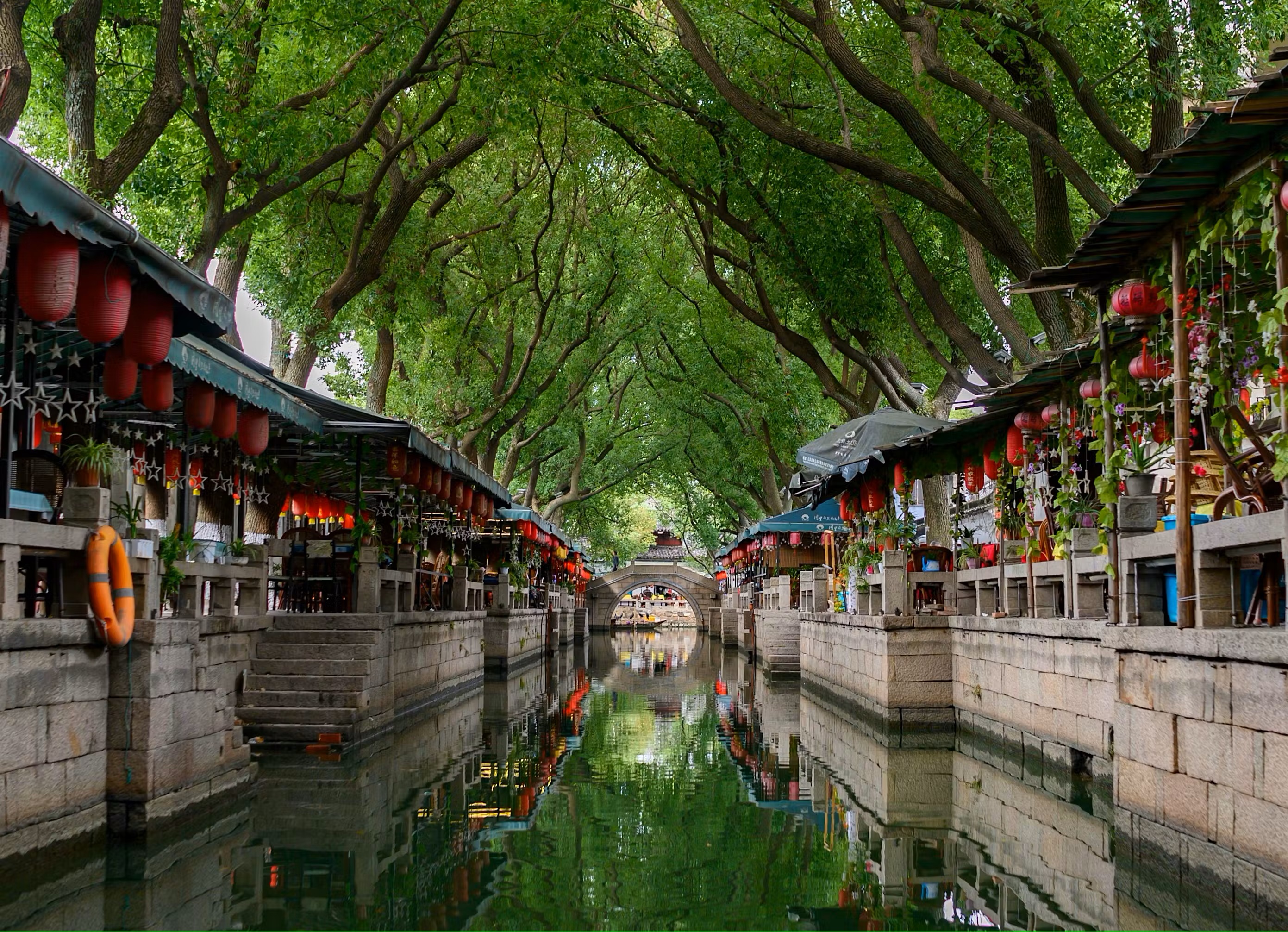
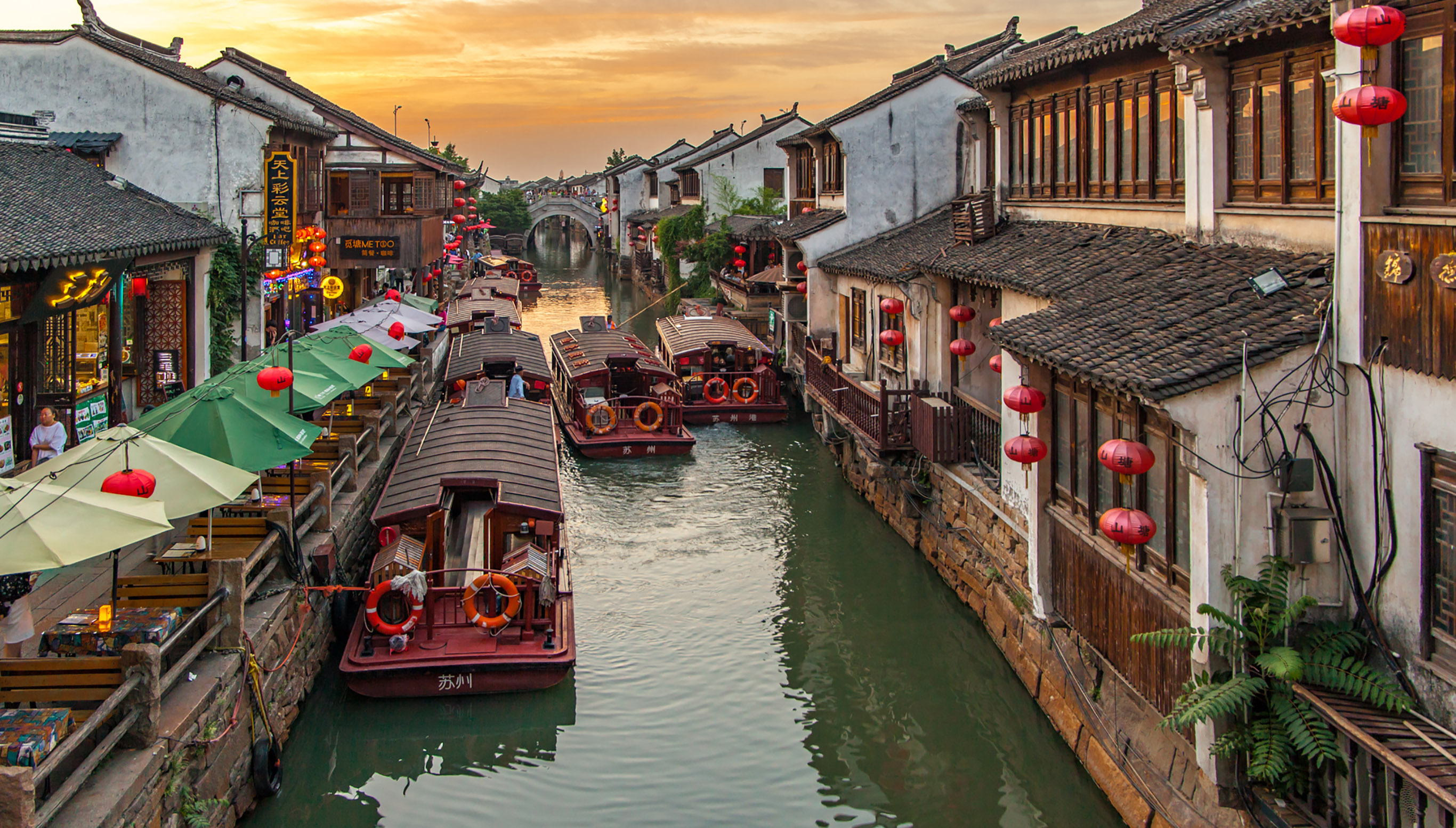
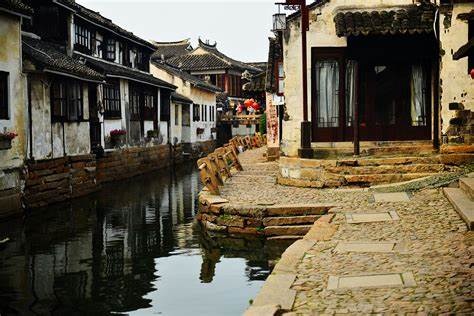
Nanjing University Suzhou Campus
Nanjing University (NJU) has a long history and enjoys high prestige. It evolved from Sanjiang Normal School (established in 1902), to Liangjiang Normal School, to Nanjing Higher Normal School, to National Southeastern University, to National Fourth Sun Yat-sen University, to National Central University, to National Nanjing University, and finally to Nanjing University in 1950. In the nationwide restructuring of universities and colleges undertaken in 1952, NJU was integrated with Jinling University and retained its name Nanjing University. The university then moved from Sipailou to Gulou, where Jinling College used to be.
Over the past five years, NJU and the Suzhou municipal government have achieved a close and fruitful collaboration in the development of NJU Suzhou campus. NJU will now operate across four campuses: the Gulou Campus, Pukou Campus, Xianlin Campus in Nanjing, and the Suzhou Campus in Suzhou. All undergraduate students will begin their studies at the Gulou Campus for their freshman year. Starting form the second year, they will move to Xianlin and Suzhou campuses based on their chosen majors and academic pursuits.
Nanjing University Suzhou Campus
